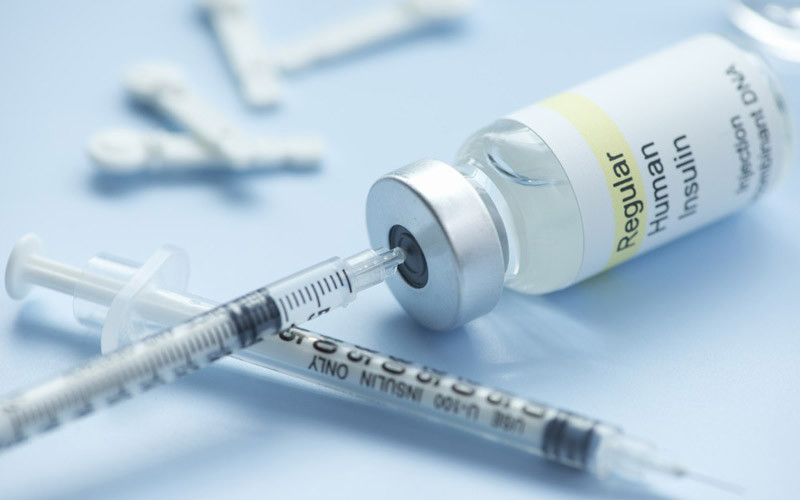
MY journey with diabetes started on July 20, 2007 when I was diagnosed with type 1 diabetes.
I had suffered from a horrible wound on my left breast for over a year.
It had been a stressful journey from the time the wound began until diagnosis because many people who saw my wound suspected it was cancerous.
The situation was beginning to affect me in many ways, especially at school because I was always stressed and in pain until one doctor, upon taking note of my family history (my mom had just passed on from a diabetes-related illness), decided to do tests for diabetes.
The result was just as I had anticipated: I was a type 1 diabetes and there began my journey with the condition.
I was told to monitor it by taking care of my diet and it was stable for four years until 2011 when I started having problems with just about any aspect of health: Chest pains, headaches, fainting… the list is endless.
I went to see the doctor and there began my alternate stay in hospital and at home.
The end result was a stressful two-week stay at the hospital on a sliding scale with little improvement.
- NewsDay journo narrates battle with diabetes
Keep Reading
That is when I was put on insulin.
I had problems at first; I would wake up shivering extremely in the middle of the night and I desperately sought ways to solve the problem.
The other problem was my diet — up to now I find it difficult to watch my diet.
I crave for sugary stuff and end up consuming them, which I know is bad for my health. As a result, I fail to maintain discipline with my diet.
Also, given the bad state of the national economy, it is difficult to stick to a specific diet, sometimes you have to do with what is there.
This makes monitoring my condition somehow difficult.
I have been in and out of hospital four or five times a year on average since I was diagnosed with this condition.
It has never been an easy journey as I have had to put up with so much, ranging from regular change of insulin, expensive medicines, sometimes going for months without accessing drugs and challenges in having a proper diabetic diet.
At one point I had to go for over six months without taking insulin because the type I was using was very expensive; it was way beyond my reach.
I was using NovoRapid and Lantus pen sets as well as some tables all in all for a month’s supply at a total cost of US$350. I had no option, but to quit taking my medicines, the effect was very serious, devastating, in fact.
I almost lost it. It is also painful to get a normal education (at least in my case); I was in and out of hospital each and every semester until I finished my fourth year at university. I almost failed to do so during the final semester when I spent two months in hospital.
I have been a victim of misguided conceptions about the disease because most people are largely ignorant of the chronic ailment.
As the country joined the rest of the world in commemorating World Diabetes Day on Monday, it is my wish to see the government taking control of diabetes and its effects just like it does with HIV/Aids or cancer.
This year’s commemorations were held under the theme: Access to diabetes education.
There is need for awareness drives for the disease; because many may be living without knowing they have it, while some know but they lack sufficient knowledge regarding how they should manage the condition.
Being a diabetic in the developing world comes with many challenges, especially on the economic front as there is a need to access some medicines, which at times may not be available.
This is not good given that medication has to be continuously taken for life, hence skipping may have serious consequences.
Diabetes is not being taken seriously, but it is one of the major killers. Its effects can be more deadly than HIV/Aids since it causes many infections ranging from ordinary fungal infections to threatening illnesses like tuberculosis and even cancer.
Diabetes should be given serious attention given that many are suffering from it and little is being done to ameliorate the condition.
Also there is no funding to cater for diabetics, like it is with HIV/Aids, whereby an Aids levy was put in place to help those living with the condition.
According to the South African Journal of Clinical Nutrition, the prevalence of diabetes in Zimbabwe is currently estimated at 8,5% and has more than doubled in the past 30 years.
Zimbabwe has the third highest estimated per person cost of diabetes care in sub-Saharan Africa. These costs are related to the management of diabetes complications, including hospitalisation.
- Follow us on Twitter @NewsDayZimbabwe






